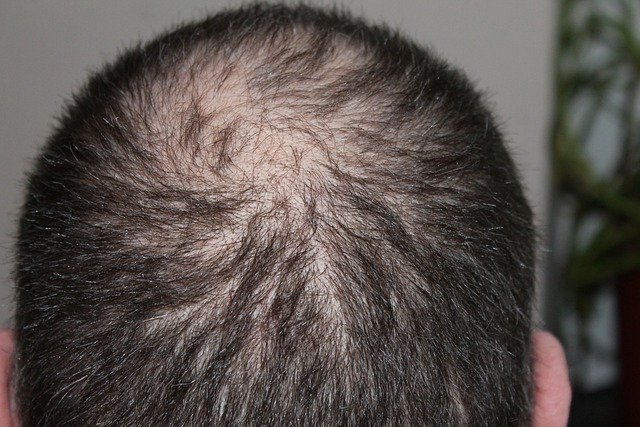Alopecia, a concerning skin condition, can have a profound impact on both physical appearance and self-confidence. It has emerged as a significant dermatological issue, prompting extensive discussions among experts, researchers, and healthcare professionals. This article will delve into the causes of alopecia areata, its unmistakable symptoms, and available treatments.
In essence, Alopecia Areata is an autoimmune disorder that targets hair follicles, resulting in hair loss. Autoimmune diseases occur when the immune system mistakenly attacks its own healthy cells or tissues. Factors such as skin-related health problems, fatigue, recurring fevers, swelling, digestive issues, and swollen glands can contribute to the development of autoimmune disorders.
Alopecia Areata leads to hair loss, often manifesting as clumps the size and shape of a quarter. The extent of hair loss varies among individuals, with some experiencing minor patches while others may suffer more extensive hair loss. Initially, hair may regrow after several months, but subsequent hair loss is likely. This condition can affect people of all ages, although it predominantly manifests in children and young adults.
In fewer than half of cases, hair may spontaneously regrow within a year without treatment. Some individuals experience mild forms of the disease, resulting in only a few patches of hair loss that do not require treatment for hair to regrow. Conversely, for some, hair will not regrow without intervention, and hair loss may be permanent.
While there is no definitive cure for alopecia areata, various treatment options exist that can stimulate hair regrowth, either rapidly or gradually, depending on individual needs and medication requirements.
Additionally, this article will further explore the causes of Alopecia Areata, the diagnostic process, and available medications.
Researchers attribute the causes of Alopecia Areata to genetic factors, underlying medical conditions, and hormonal changes. Recent studies also suggest that intense stress can be a contributing factor. Although there is no cure for alopecia areata, it can be managed through treatments such as anti-inflammatory and corticosteroid medications, which aim to prevent the immune system from attacking hair follicles.
Diagnosing alopecia can involve blood tests, electronic devices, or manual examinations of the affected areas, with healthcare professionals employing various methods to accurately assess the condition.
Frequently Asked Questions about Alopecia Areata:
- Is there a specific age at which alopecia begins?
No, alopecia can onset at any age, with research indicating that it may be influenced by genetic factors or hormonal changes.
- Can alopecia be completely cured?
Alopecia has no established cure, but there are treatments available to promote hair regrowth. Some individuals may naturally regain their hair without treatment, while others may require intervention depending on their body’s response.
- Can hair regrow after undergoing medical treatment?
Alopecia is not a life-threatening condition, and hair can regrow on its own after undergoing medical treatments.
In conclusion, if you notice unusual patches on your body, it is advisable to consult a medical professional. Additionally, it’s important to note that alopecia encompasses three distinct types: alopecia areata, alopecia universalis, and alopecia totalis.










Leave a Reply